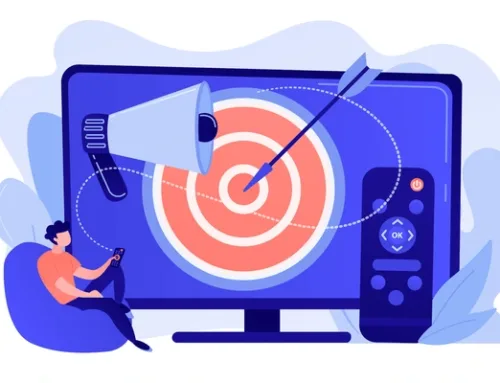Linear TV isn’t going anywhere
In the age of streaming giants, viral content, and binge-worthy shows on demand, it’s tempting to think that linear television—traditional broadcast and cable TV—is on its last legs. But despite the headlines and hype, it isn’t going anywhere. In fact, traditional television remains a cornerstone of media consumption, especially when you dig beneath the surface.
-
Live Events Still Rule
From the Super Bowl to the Oscars, from presidential debates to breaking news, traditional TV dominates live events. These moments are best experienced in real time, where millions tune in simultaneously. No streaming platform has replicated the communal energy of live television—yet. And advertisers know it. That’s why live programming continues to command premium ad dollars.
-
Sports Depend on it
The NFL, NBA, MLB, and other major leagues still lean heavily on traditional networks for coverage. Even as leagues explore streaming partnerships, the largest audiences still come from linear broadcasts.
-
Simplicity for Certain Audiences
Not everyone wants an endless scroll of choices. Many viewers, especially older generations, still prefer the simplicity of turning on the TV and scrolling through a few channels until they find something they are interested in. For this demographic, linear TV is easily accessible. It’s also deeply embedded in daily routines, from morning news to evening game shows.
-
Advertisers Still Love it
While digital advertising offers precision, linear TV still delivers unmatched scale and reach. A prime-time TV ad can reach millions in one go, something digital platforms still struggle with that. For brand awareness, traditional TV remains a powerful tool
Streaming has reshaped how we consume content, but it hasn’t killed linear TV. It’s just changed its role. As long as there are live events, sports, and audiences looking for simplicity and reliability, linear TV will stay relevant. It may not be the future’s flashiest format, but it’s far from obsolete. Linear TV isn’t dying, it’s adapting. And sometimes, evolution beats revolution.





